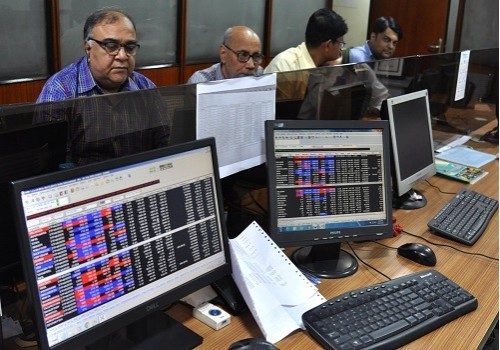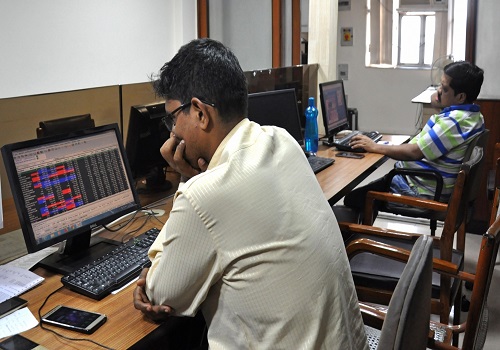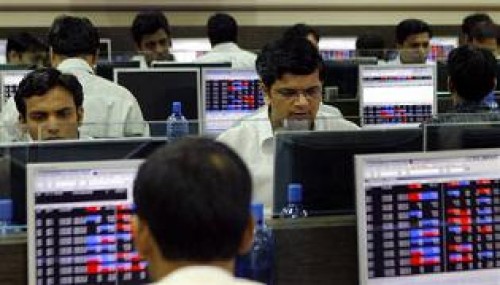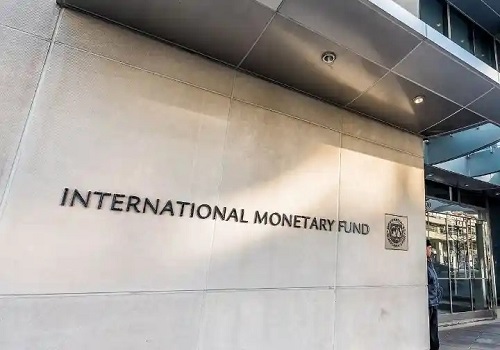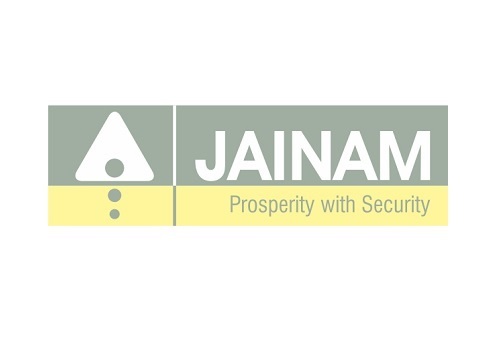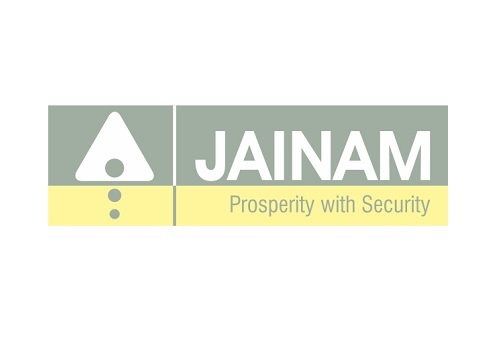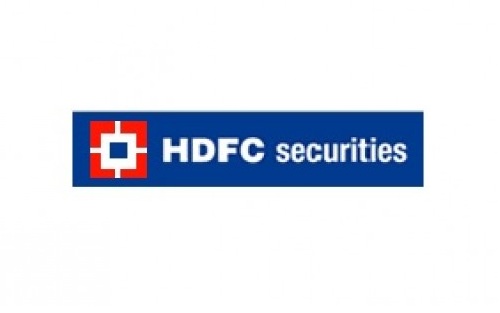Adhere to Investment Charter & Asset Allocation: Motilal Oswal Private Wealth

Follow us Now on Telegram ! Get daily 10 - 12 important updates on Business, Finance and Investment. Join our Telegram Channel
Key Insights:
* The strategy for Equity is to invest 50% in lump sum and 50% in a staggered manner over the next 3 months in Multicap strategies and select Mid & Small Cap strategies (MFs, PMS, AIF).
* ~70% - 80% of the Fixed Income portfolio should be biased towards high quality short to medium term accrual strategies with minimum investment horizon of 3 years. Within the above allocation, 20-30% can be allocated towards long maturity and high quality roll-down strategies.
Mumbai, October20, 2021: The Alpha Strategist by Motilal Oswal Private Wealth(MOPW) highlighted that Corporate earnings for 2QFY22 are likely to be supported by recovery in domestic demand as indeed the higher global commodity and energy prices. There remains a clear divergence in intra-sector earnings growth. Global cyclical plays such as O&G and Metals continue to support earnings growth on the back of high commodity prices, and Technology continues to see robust demand-led growth. The recovery in corporate earnings is expected to continue as the economy opens and we approach the festive season with progressively higher vaccinations.
Post the rally in FY21, Mid and Small cap are no longer cheap. However, If real GDP growth trajectory sustains post FY22, then earnings growth in Mid & Small-cap space is likely to improve. Hence, we recommend to invest 50% in lump sum and 50% in a staggered manner over the next 3 months in Multicap strategies and select Mid & Small Cap strategies (MFs, PMS, AIF).
The flagship publication by MOPW that has been sharing valuable insights monthly on the global and domestic economy as well as the behaviour and performance of various asset classes since its first edition in Jan 2013.
According to Ashish Shanker, MD& CEO, Motilal Oswal Private Wealth, said, “In the prevailing scenario, there are some global headwinds such as spike in crude oil prices, rising inflation leading to expected rise in global bond yields, equities trading at rich valuations, etc. Concurrently, there are domestic tailwinds including benign cost of capital, low debt/equity, improving demand, free cash flows aiding sustainability of corporate earnings growth, massive capital inflows into the start-up/private ecosystem that could generate employment/create infrastructure, etc. Traditional fixed income yields are low, however this asset class cannot be completely ignored & can be complemented with superior alternatives. Hence, it is important to “Anchor to Windward” i.e. lay emphasis on adherence to Investment Charter & Asset Allocation to maintain portfolio stability for the long term.”
Outlook and investment strategy on various asset classes as detailed in Alpha Strategist Report:
Equities
Equity markets continued the strong uptrend on both absolute and relative basis to global peers in September. In CYTD'21 Nifty is the best performer globally with 26% return in INR terms. In the month of September broader markets made a comeback too with Nifty Mid cap/Nifty Small Cap closing 6.9%/6.1% higher outperforming Nifty which closed 2.8% higher.
Global equities ended mostly lower on the back of rising bond yields amid rising prices, and China's power and realty sector crisis. MSCI World Indices/EM closed -4.5% and -5.6% lower respectively.
Equity Market looks expensive on a trailing basis compare to historical average, however, on forward basis it seems to be near slightly above its historical average. Nifty's 12-month trailing P/E of 27.7x and P/B of 3.7 is at a 35% and 28% premium to its LPA of 20.4x & 2.8x respectively. While Nifty's 12-month forward P/E is 15% above LPA.
Nifty EBITDA/PBT/PAT is expected to grow 20%/31%/25% YoY, aided by domestic demand recovery and rise in global commodity and energy prices. Earnings growth would be led by cyclicals, such as Metals, Private Banks, and Technology.
FII net inflows stood at USD1.1b in Sep'21, marking the second consecutive month of net inflows. DII net inflows stood at USD0.6b in Sep'21, implying the seventh consecutive month of net inflows.
MOPWM has crafted a unique model, Temperature Gauge, based on the Motilal Oswal Valuation Index. MOVI is basically an index which is calculated based on the Price to Earnings (PE), Price to Book Value (PB) and Dividend Yield (DY) on the components of Nifty 50. Using FY22 projected EPS for Nifty 50, the temperature gauge index is in the range of 120-125. Whenever Temperature Gauge Index has been at the levels of 120-125, the forward returns shows a higher probability of positive returns.

Key Sectoral Insights:
* Metals:The Metals Universe should post 3.4x YoY profit growth, aided by strong price realization and domestic demand revival. The Metals Universe would post its highest absolute profits of INR365b in 2QFY22, representing 7% growth QoQ.
* Consumer: Overall inflation in the commodity basket was flat sequentially in 2QFY22. Nonetheless, most companies are likely to experience gross margin pressure despite the price increases taken during the quarter.
* Technology:Technology Universe is likely to post median USD organic growth of 5.4% CC QoQ in 2QFY22. Top line performance is expected to remain strong across our Coverage Universe, led by a robust demand environment and deal wins. Margins are likely to be under pressure for most companies on account of attrition and wage hike.
* Automobiles:Supply chain constraints are expected to ease, improving PV volume performance; demand for 2Ws would improve in the upcoming festival season. CV demand would improve on an uptick in infra activity post the monsoons and improved freight availability.
* Healthcare: Earnings for the Healthcare Universe would moderate and come in flat YoY, after seven quarters of healthy performance. Increased competitive pressure on the US base business – coupled with the reduced pace of launches and lower COVID-related offtake – is expected to drag down the overall sector performance in 2QFY22.
* Cement:The pan-India average cement price declined 3% QoQ (flat YoY) in 2QFY22 due to seasonality. Imported coal and pet coke prices have nearly doubled in the past year, which would impact the margins of cement companies going forward. EBITDA margins are likely to decline 260bps to 21.8% YoY.
Fixed Income
RBI, in October's Monetary Policy meeting, decided to continue with its approach of calibrated steps towards liquidity normalization, while keeping policy rates and accommodative stance unchanged. RBI seems to be getting more confident on growth front and has revised down the inflation projections.
FY22 Growth outlook maintained at 9.5% with sharp upward revision in 2Q & 3Q print (pick-up in growth momentum aided by pent up demand and festive season). Rural demand, pick-up in government spending and exports likely to be drivers.
It was a tale of two halves for the fixed income markets in the month of September. The bond market has been lately juggling relatively strong triggers pushing and pulling on either side. On the positives, the government's fiscal position has improved substantially, foreign portfolio investors (FPIs) seem to have been coming back over August and September (alongside chances of bond index inclusion), and recent softening of retail inflation prints. On the flipside, oil is on a boil, US yields have risen post the latest FOMC meet, and domestically RBI seems reluctant to let core system liquidity rise further. The global negatives seem to have won the last few days thereby leading to some recent rise in yields.
In the current market scenario, MOPW recommend a barbell approach where 'Accrual' should precede 'Duration' and focus should be towards investing in high quality accrual strategies through a combination of short term and long term maturity portfolio such that average portfolio maturity does not goes beyond 4-6 yrs. For yield enhancement, investors can also evaluate investing 20 – 25% in well researched high yield credit strategies, MLDs, NCDs etc.~70% - 80% of the fixed income portfolio should be biased towards high quality short to medium term accrual strategies with minimum investment horizon of 3 years.
Gold
The Gold rate hike which was expected in 2023; now shows an even split in 2022 and any sign of change in interest rate immediately impacts the non-yielding asset. There are a few concerns that could keep investors on the edge, like the U.S. Debt limit issue and the struggling property (Evergrande) concern. One more uncertainty which has remained on the sidelines for most of this year is the trade talks between the U.S. and China. After the signing of Phase one deal at the start of last year, pandemic hit most economies and further talks took a pause as focus shifted to first stabilizing the economy.
India's September gold imports surge nearly 8 times, soaring by almost 658% from last year as prices drop. India imported 91 tonnes in September as compared to 12 tonnes last year; in value terms imports surged from $5.1 bln from $601 mln a year ago. Such kind of number ahead of the festive season with low prices could support the prices on lower levels.
MOPW continue to maintain positive bias and Gold price is expected to reach a level of $2050 on COMEX; and on domestic bourses levels of 50,000-55000 could be witnessed over a period of 6- 8 months.
Macro Economy
India
August CPI fell to 5.3%YoY (vs5.6% in July). In the first five months of FY22, headline inflation averaged 5.5% compare to 6.6% in the corresponding period last year and an average of 4% in the corresponding period in the previous five years.
The consistent GST collection is an indication that economy recovery is picking up speed along with effective anti-evasion activities. GST collections of INR 1.17tn saw a jump in the month of Sep'21 from last month. The collections have grown almost by 23% YoY compared to Sep'20 when businesses were slowly coming back to normal. The daily e-way bill generation also remained high at 2.6mn as against 2.1mn in the previous month. The average monthly gross GST collection for the second quarter of the current year has been Rs 1.15 lakh crore, which is 5% higher than the average monthly collection of Rs 1.10 lakh crore in the first quarter of the year. The improvement in tax collection helped the government in narrowing its budget deficit gap which came in at 31% of the yearly target for the period April-August.
India posted a current account surplus of $6.5 billion, or 0.9% of gross domestic product (GDP), in 1QFY22, compared with a deficit of $8.1 billion (1% of GDP) in the preceding quarter, and a surplus of $19.1 billion in the year-ago quarter.
India's merchandise exports grew 21.3% year-on-year to $33.44 billion in September, and were 28.5% higher than pre-COVID levels of September 2019. Merchandise imports however grew faster to $56.38 billion, 84.75% higher than September 2020 and nearly 50% over pre-pandemic levels, as per preliminary estimates. Import of Petroluem& crude related products ($17.4 Bn), gold ($5 Bn) jumped ~200% and ~750% over September'20 respectively. This led to a trade deficit of USD 23.bn in Sep'21 which is the highest deficit.
Global
IMF revised the global gross domestic product grow to 5.9% this year, 0.1 percentage point lower than its July estimate while keeping next year's growth forecast intact at 4.9%. The revision of outlook comes amidst supply chain issues in advanced economies and a worsening health situation in emerging countries. China's power crises is slowing down several industries in China. China's efforts to source coal have led to a sharp surge in demand but supply remains short due to supplies from Indonesia and Colombia being impacted by heavy rains while some mines elsewhere have closed because of the pandemic. Europe has seen the energy crisis deepen as well with the fear being that as winter sets in, the situation in China & EU could worsen further.
To Read Complete Report & Disclaimer Click Here
Above views are of the author and not of the website kindly read disclaimer
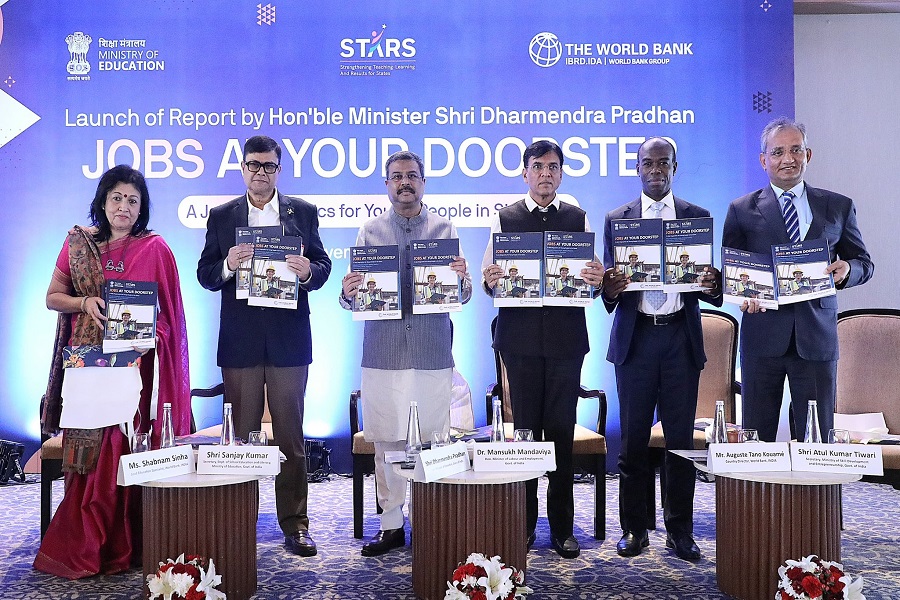





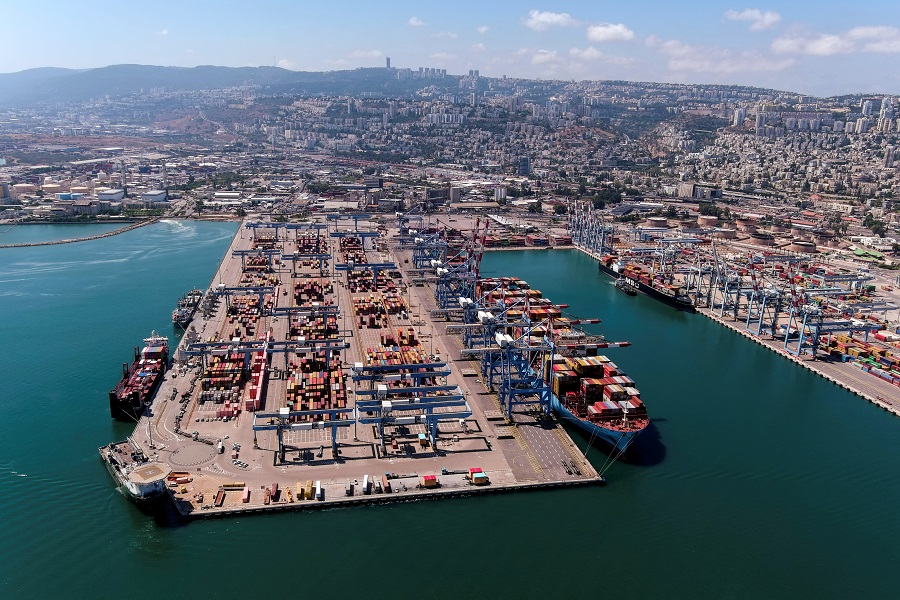



Tag News

Weekly Market Analysis : Markets strengthened recovery and gained nearly 2% in the passing w...
